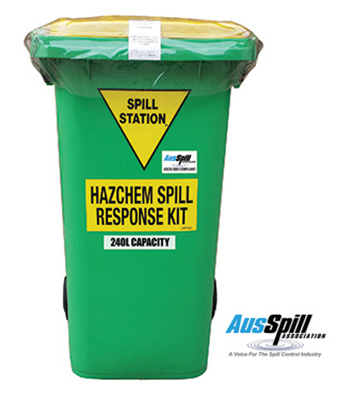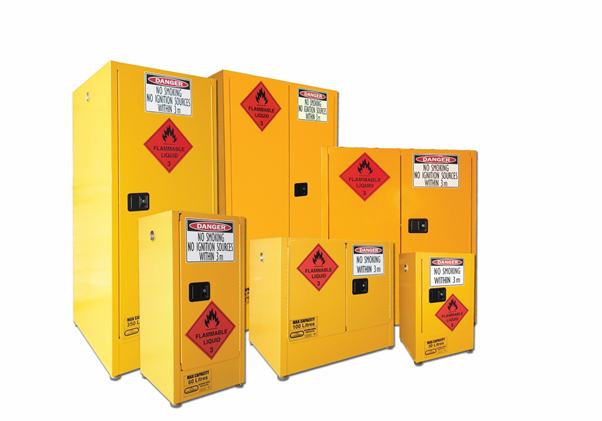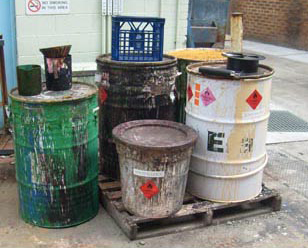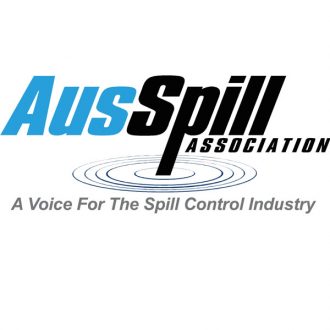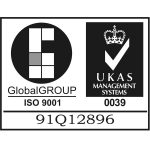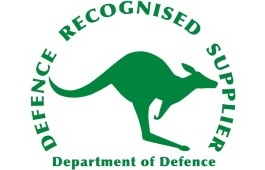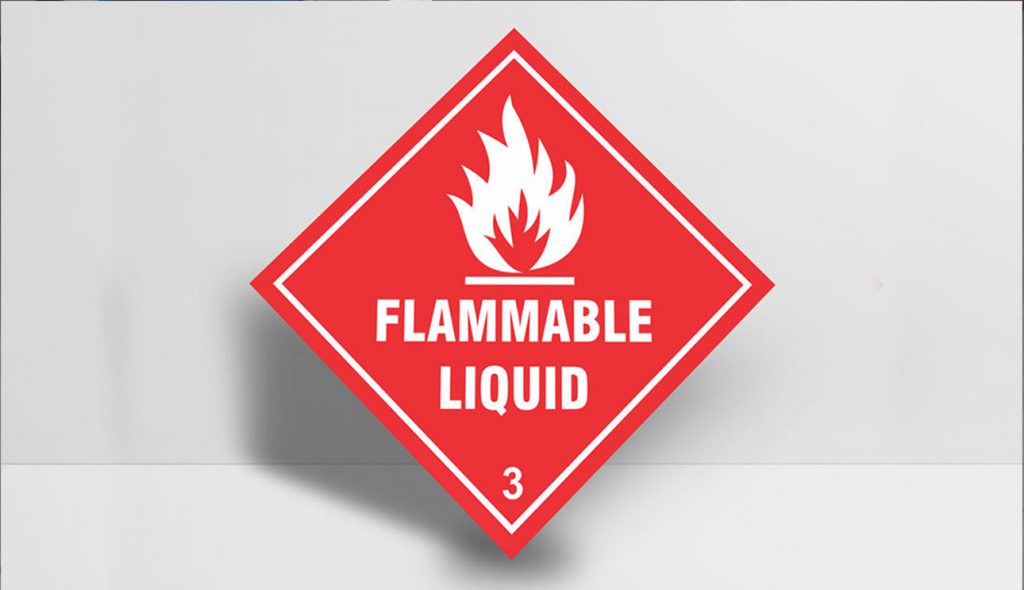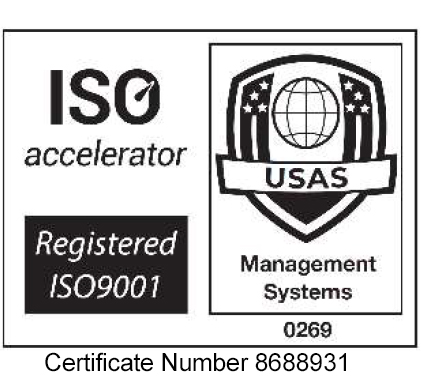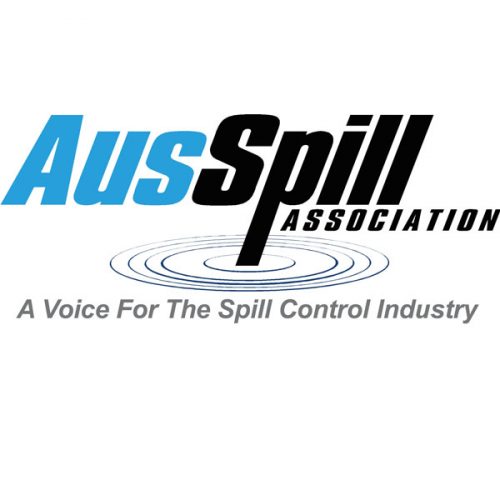“Polluter Pays” to be Formally Adopted into Law
Ammendments made to the Environment Protection Act 2017 will come into force on 1 July 2021. The principle of “Polluter Pays” is one of the 11 principles of the Act. This means that regardless of fault, if your activity causes pollution, you are responsible for the cost of returning the damage area to its original state.
Failure to do so can result a remedial notice being issued. Remedial notices are issued if it is found that on reasonable grounds a duty holder:
- isn’t complying with the Environment Protection Act 2017 (the Act).
- waste or contamination is present that requires treatment.
If the polluter does not comply with the remedial notice, criminal enforcement may apply. These same amendments will see maximum fines increase to $3.2 million.
A guiding principle that applies not only to this situation but to all environment, health and safety issues is “An ounce on prevention is worth a pound of cure”. By assessing your risks, deploying the correct equipment to offset the risks and training staff in how to respond, the problems associated with the cost of remediation can be removed.
Until 28 February, Spill Station are offering a complimentary Spill Response Capability Audit & Report* to ensure you are ready to respond should a spill incident occur.


